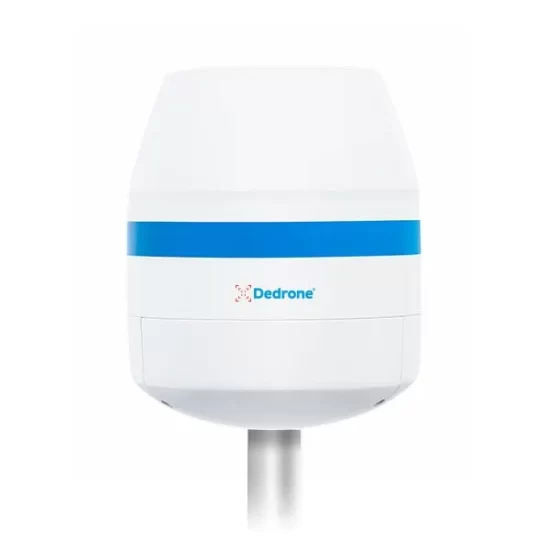Plagued by drones to the extent of major disruptions to scheduled services earlier this year, Dublin Airport operator, DAA, has now been given the go-ahead by the Irish government to deploy Dedrone C-UAS technology.
In March, six drone incursions into DAA-controlled airspace caused huge (and expensive) disruption to services, with some passengers diverted to airports up to 200km away and airlines up in arms over delays, diversions and expense. The events affected an estimated 200,000 passengers during the period of disrupted activity. It now appears that DAA had already procured quantities of Dedrone’s detection, identification and mitigation solutions, but have only now received the legal authority to deploy and use it from Ireland’s Ministry of Communications.
The root cause of the delay seems to centre on the understandable necessity to exercise sensible control over who can use the electromagnetic spectrum to essentially ‘fry’ the electronics of an airborne platform, no matter how disruptive that platform might be. It does beg the question for peer authorities in other jurisdictions, however, whether a method of streamlining and accelerating the decision-making process can be made in light of the economic and social havoc uncontrolled drone activity can have.
DAA staff – already trained in the use of the Dedrone equipment – will now be able to use it on demand – legally. Although the operator has reiterated its warning that it is illegal to operate a drone within 5km of any Irish airport, the ability to be able to detect, locate and neutralise such activity when it occurs will do much to ensure Irish air traffic management continues on a smooth path.
For more information:
(Image: Dedrone detection solutions are now operational at over 300 sites worldwide. Credit: Dedrone Holdings, Inc.)




